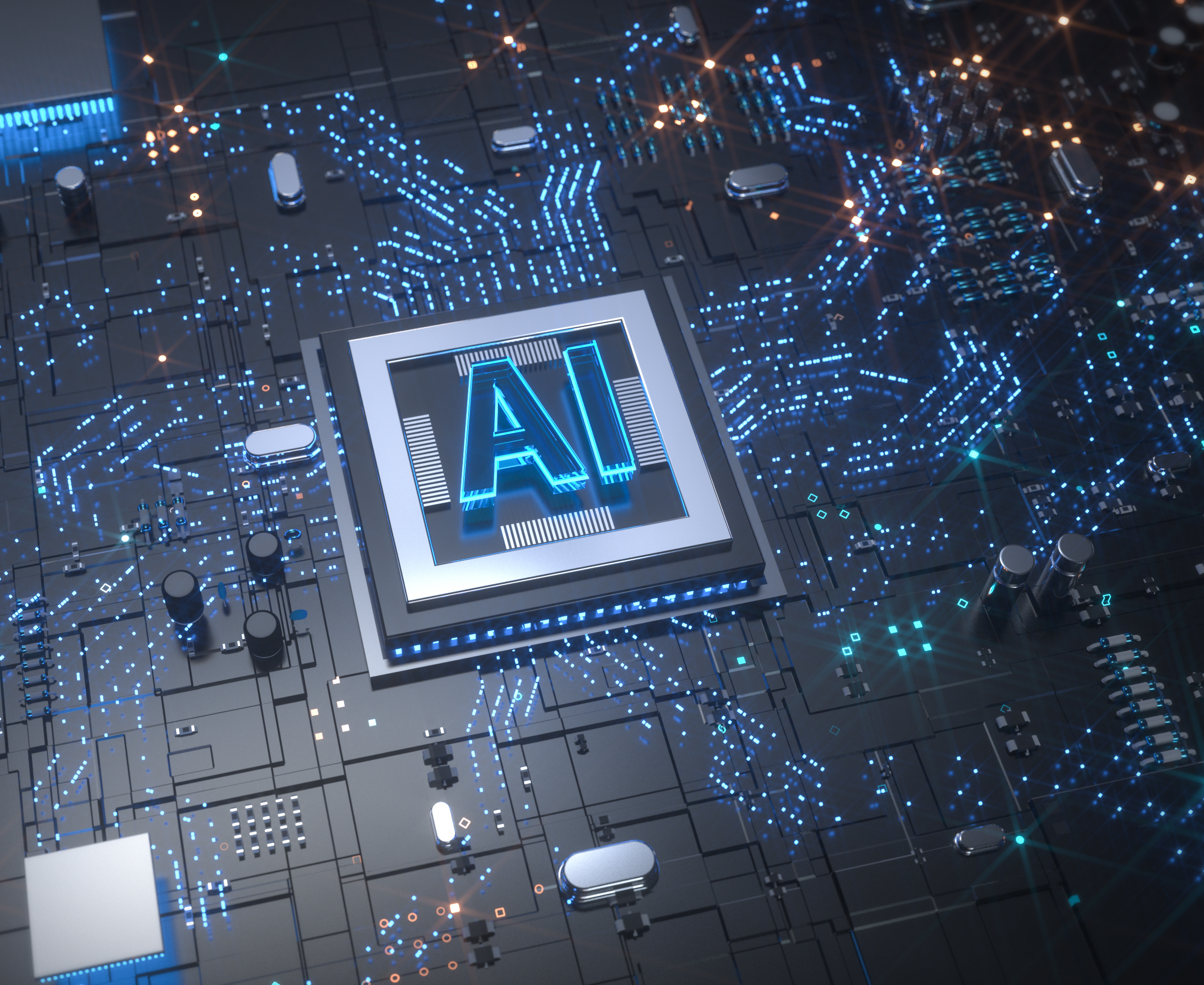AI Accelerator design
Transforming the process of innovation
Exploring, deepening, and applying cutting-edge technologies in areas like automation, data science and the Internet of things, now INTERA is strongly betting in developing embedded AI solutions and accelerators focusing on optimizing computing performance, to make AI applications more efficient and more accesible to people.

AI Accelerator design
At INTERA we are aware that hardware design has become a core enabler of innovation for the age of AI, as it is presenting a unique set of challenges to its pioneers, both at cloud and edge segments.
INTERA’s AI design portfolio for edge devices focuses on improving the quality-of-results (QoR) and time-to-results (TTR) for integrated circuit (IC) design, offering robust intellectual property (IP) solutions that enhance efficiency and performance in the design process.
Our AI Accelerator design considers:
Power Efficiency
By designing accelerators that focus on power efficiency and thermal management, clients can effectively deploy AI and compute-intensive workloads on EDGE devices.
To save power, our AI accelerators employ RPA (reduced precision arithmetic), making Neural networks still highly functional at 16-bit or even 8-bit floating point numbers, compared to the 32 bits general-purpose chips. This means they can achieve faster processing speeds at lower energy expenditure without sacrificing accuracy.
This targeted approach can unlock new applications for edge computing, such as real-time video analytics, robotics, and autonomous systems, where fast processing and low latency are critical.
High performance
Our design ensures efficient processing without compromising device longevity or functionality.
By implementing robust and efficient systems, our accelerators can effectively support a wide range of applications and environments, such as IoT devices, edge computing platforms, and mobile systems, all these often require scalable, reliable, and low-latency processing.
Less on-chip memory requirement
Our AI accelerators enable significant reductions in on-chip memory requirements for various applications.
Our accelerator allows offloading complex AI computations from specialized hardware, such as graphics processing units (GPUs), tensor processing units (TPUs), or application-specific integrated circuits (ASICs). This way the amount of memory required on the chip can be minimized. Our AI accelerators can handle massive amounts of computations in parallel, reducing the need for large, on-chip memory buffers to store intermediate results.
Low latency
Our accelerators improve the way data is moved from one place to another, for INTERA this is critical when trying to optimize AI workloads.
Our AI accelerators use different memory architectures, allowing them to achieve lower latencies and better throughput. These specialized design features, including on-chip caches and high-bandwidth memory, are vital to speeding the processing of large datasets necessary for high-performance.
Problem Solved?
By offloading intensive calculations from traditional CPUs, our accelerators can process large datasets more efficiently, reduce latency, and enable real-time data processing, ultimately solving complex problems faster and more effectively in fields ranging from artificial intelligence to financial modeling and beyond.
Computational Bottlenecks:
AI accelerators drastically reduce training times for machine learning models by parallelizing matrix operations, solving the problem of slow computation on traditional CPUs.
Scalability:
Accelerators enable the processing of massive datasets (e.g., for training language models like me or analyzing scientific data), solving the problem of handling big data in reasonable timeframes.
Energy Efficiency:
They optimize power consumption for large-scale AI tasks, addressing the issue of unsustainable energy use in data centers.
Real-Time Processing:
In applications like autonomous vehicles or robotics, accelerators solve latency issues by enabling rapid inference and decision-making.
INTERA is made up of the most committed professionals in Europe who collaborate with clients to work towards creating the most advanced AI solutions & chip accelerators.
The company has developed innovative solutions for various applications, advancing the state of the art and creating value for its customers and partners.